Place of origin Korea | ||
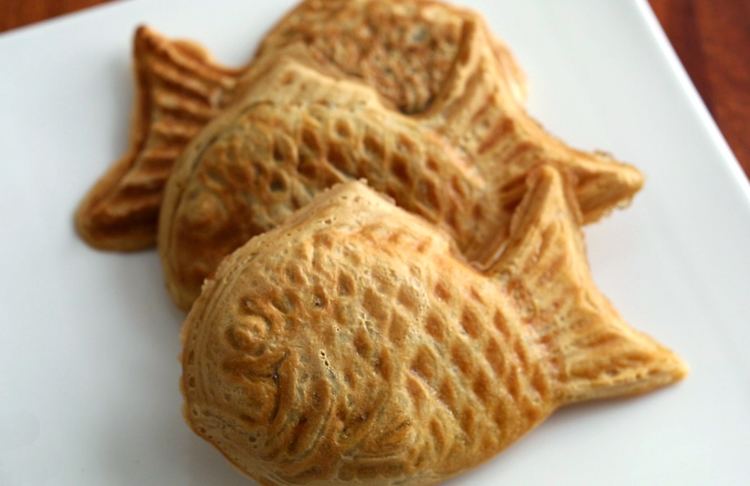 | ||
Similar | ||
Korean fish shaped bread with red bean filling bungeoppang
Bungeo-ppang (붕어빵; "crucian carp bread") is the Korean name of a pastry similar to the Japanese fish-shaped pastry taiyaki.
Contents
- Korean fish shaped bread with red bean filling bungeoppang
- Preparations
- Etymology
- Origins
- Variations
- References
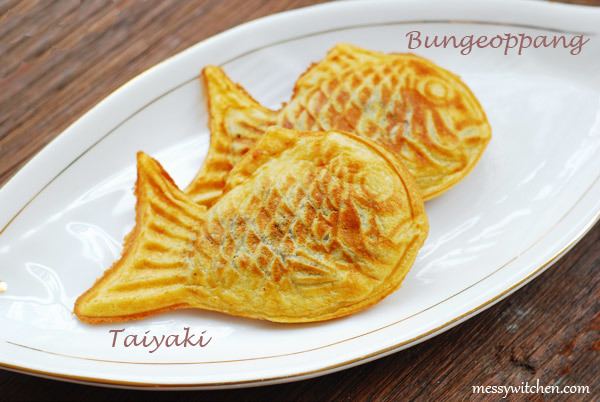
Preparations
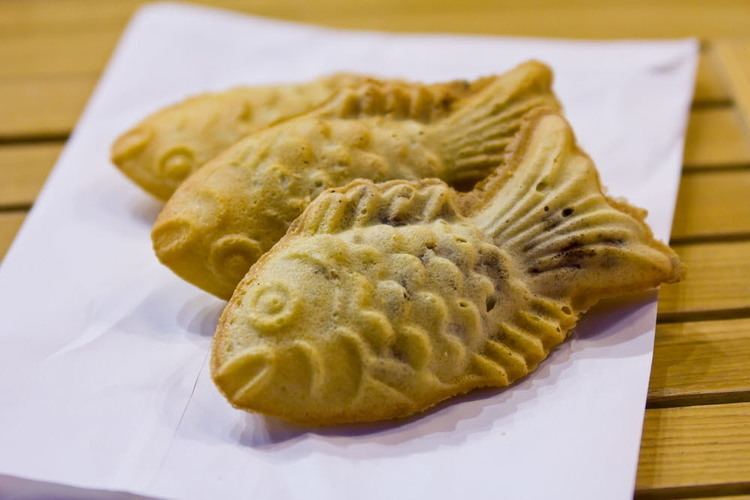
Bungeo-ppangs are prepared using an appliance similar to a waffle iron. The batter is poured into a fish-shaped mold, red bean paste is added, then more batter to encase the red bean paste. The mold is then closed, and roasted.
Etymology
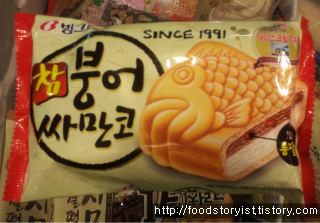
.In Korean, bung'eo (붕어) means Carassius, a kind of fish, and ppang (빵) means bread. This name simply comes from the fish-like shape and appearance of the pastry, and it does not contain any ingredients from its namesake fish or any other fish.
Origins
bungeo-ppang was first introduced into Korea by the Japanese during the Colonial Korea in the 1930s.
In 2016, one U.S. dollar could purchase three or four bungeo-ppangs, depending on the location.
The vendors sell them in a similar way to Korean eomuk (어묵) or Japanese kamaboko.
Variations
Hotteoks (호떡) are made and sold in a similar way to that of bungeo-ppang.
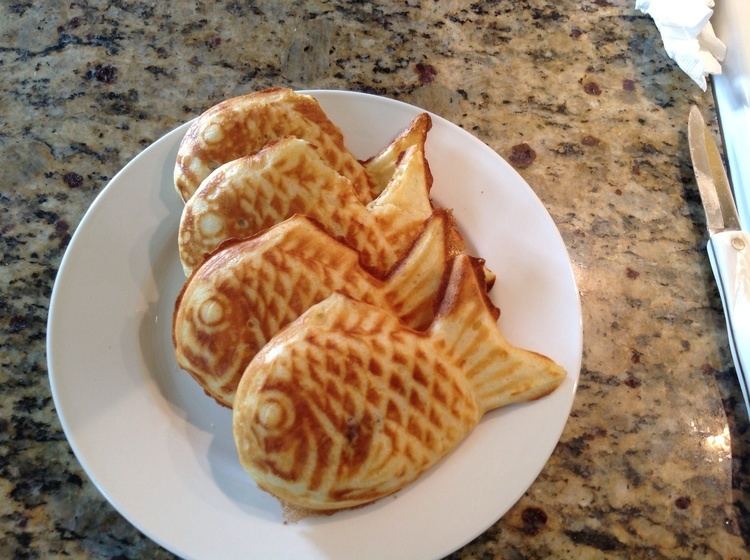
There are also bungeo-ppang-shaped waffles filled with ice cream and pat (sweetened and boiled red beans or azuki beans). These waffles are usually mass-produced and sold by retailers, not by open-air food vendors.
Similar variations also exist:
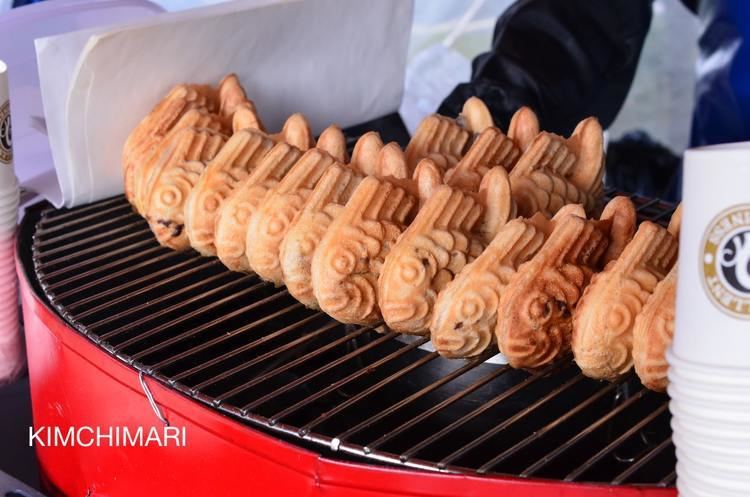
Because each pastry looks exactly the same, bungeo-ppang in Korean can colloquially refer to things that look identical.
